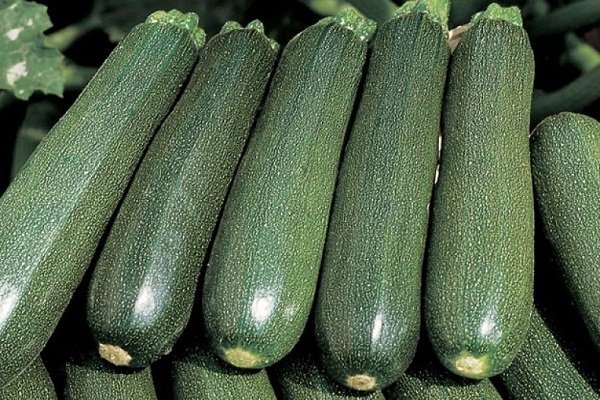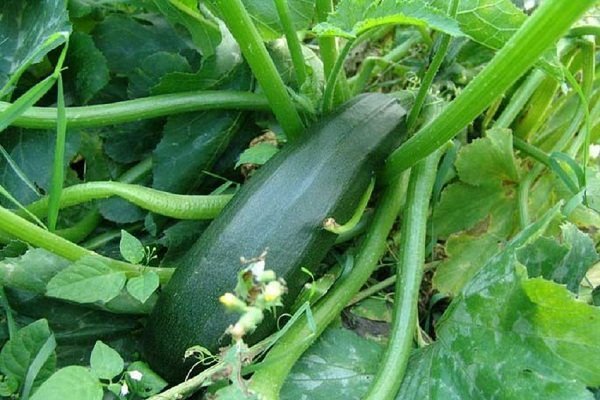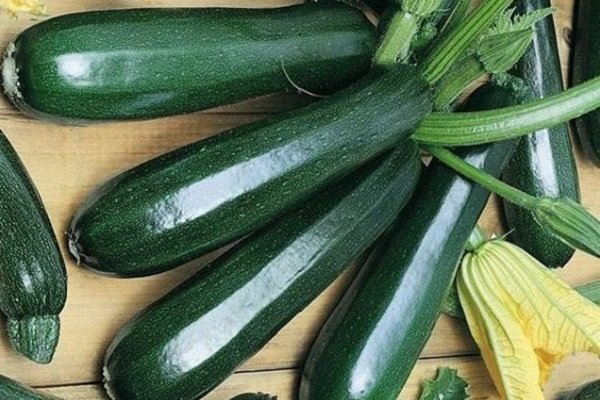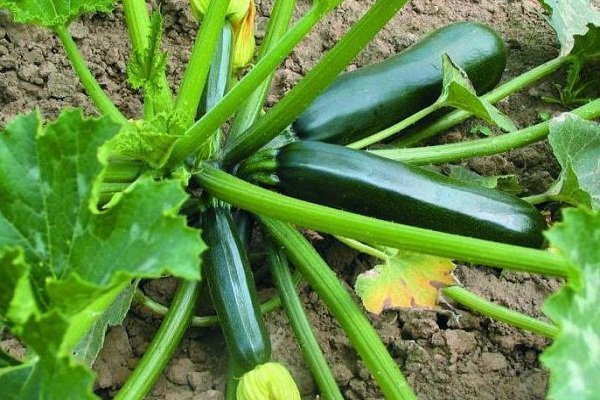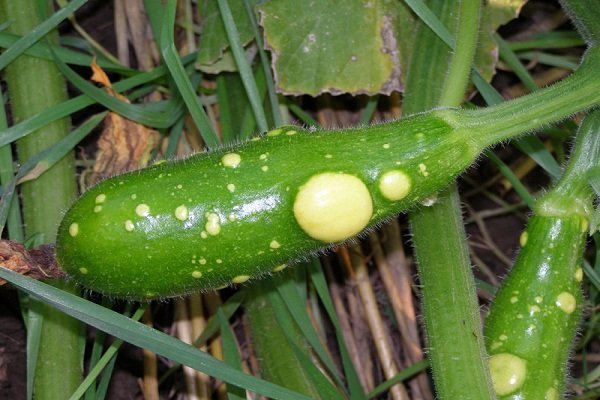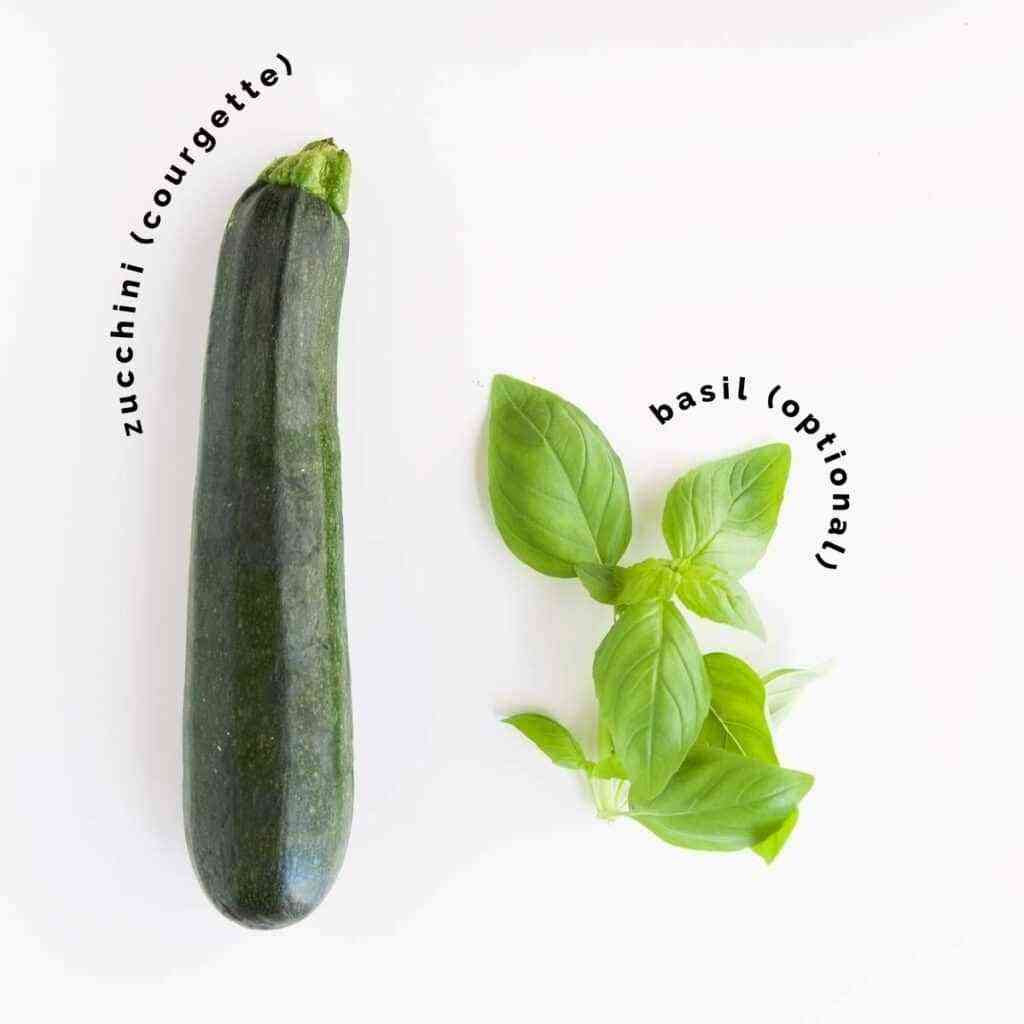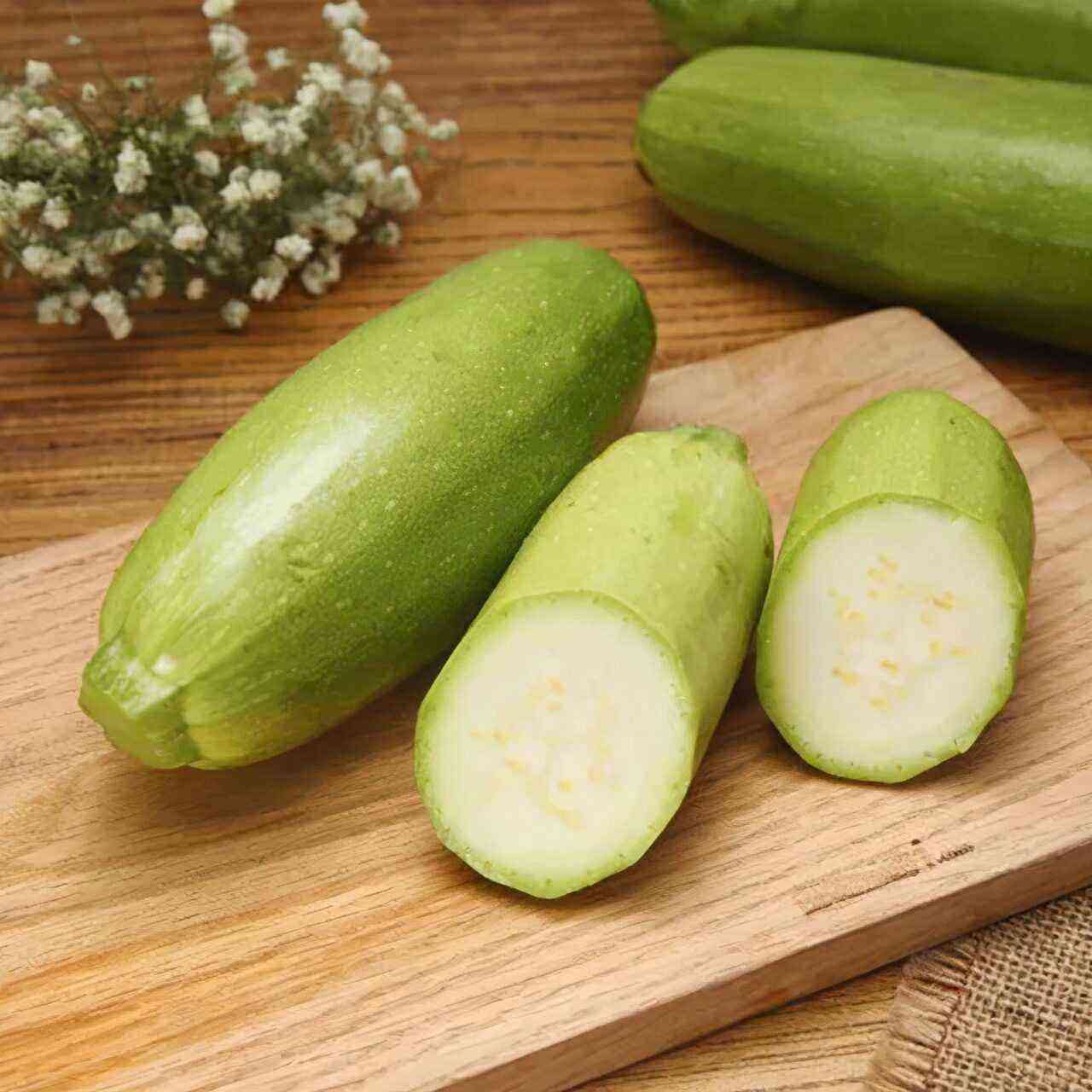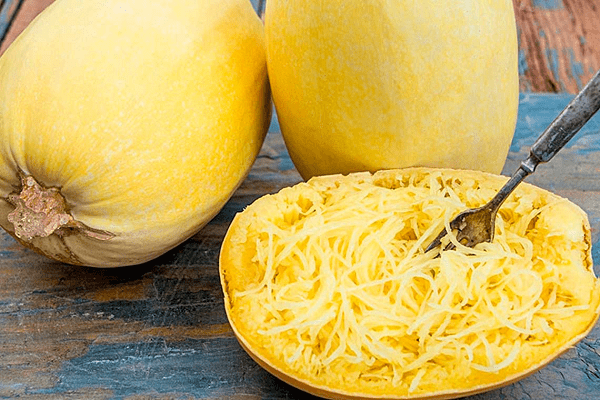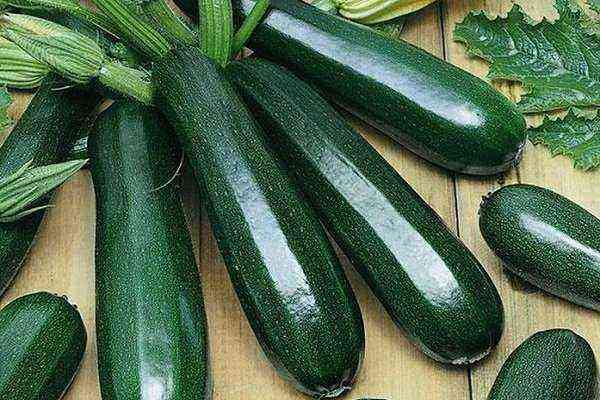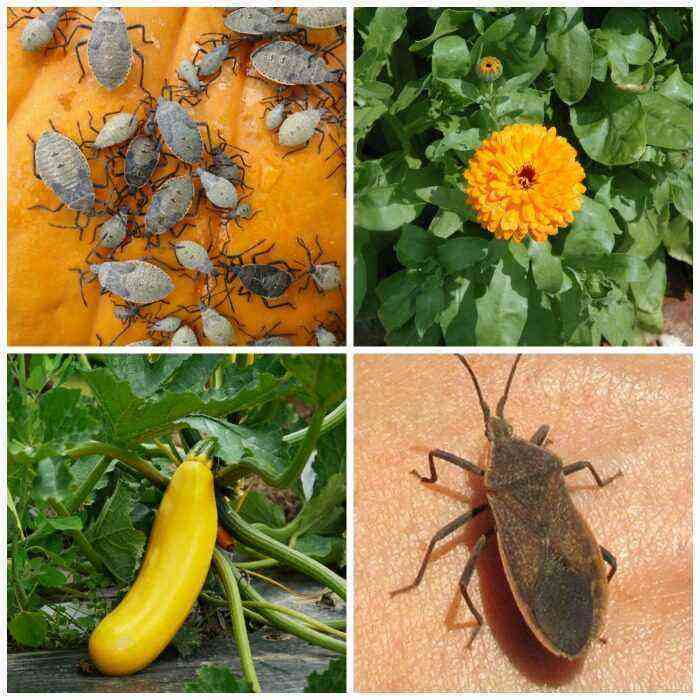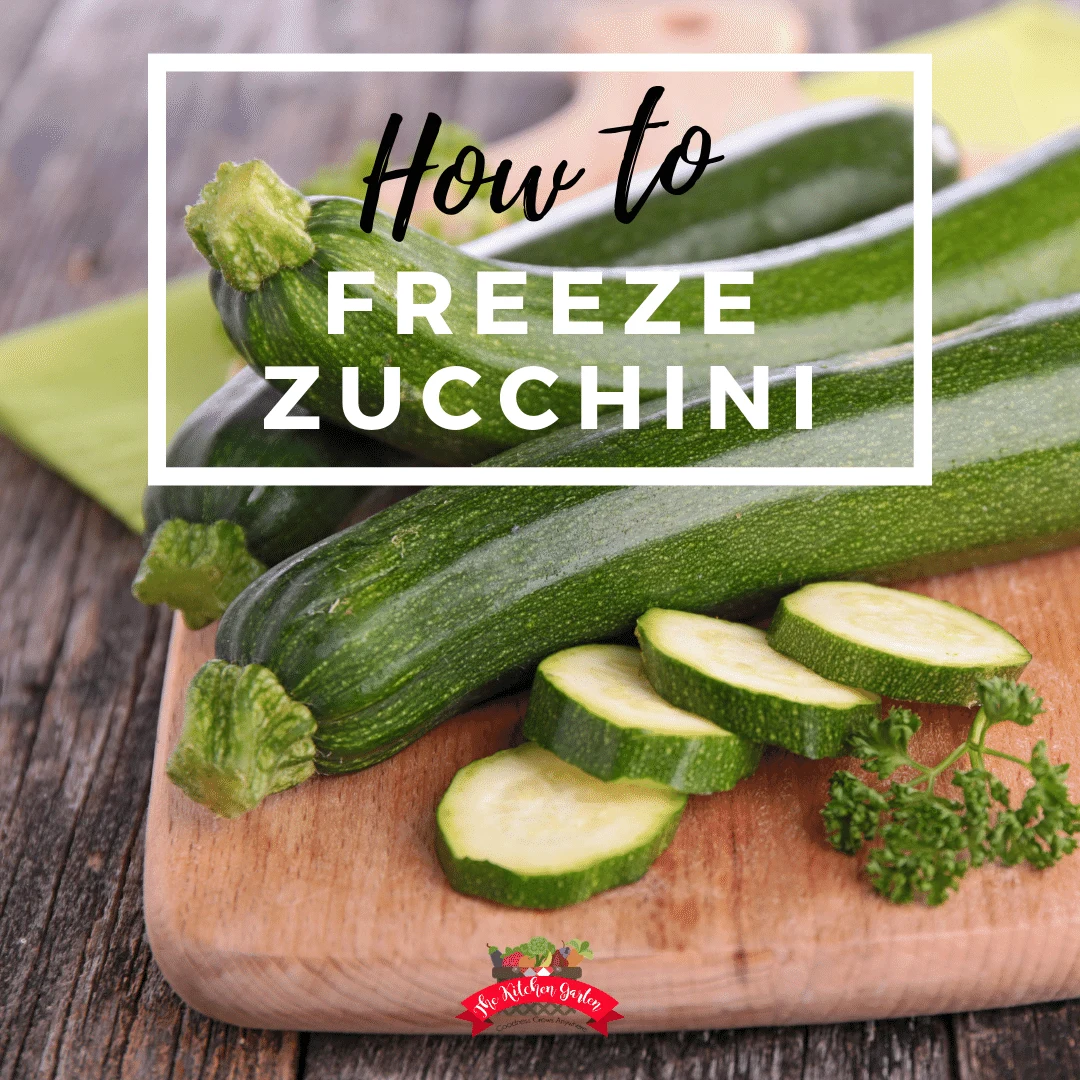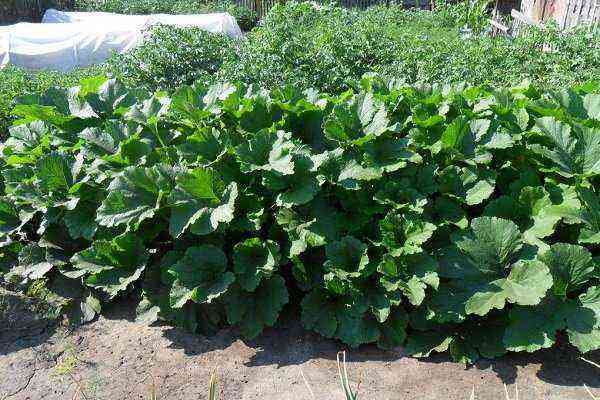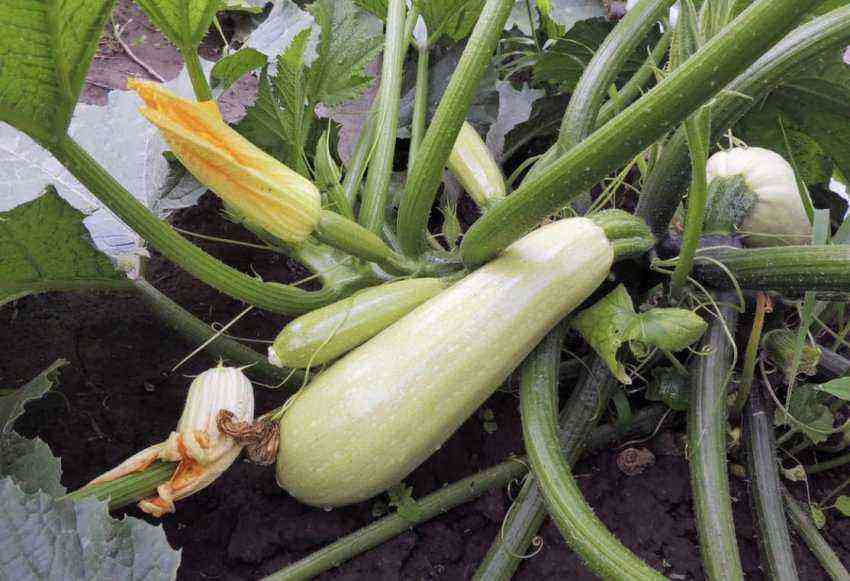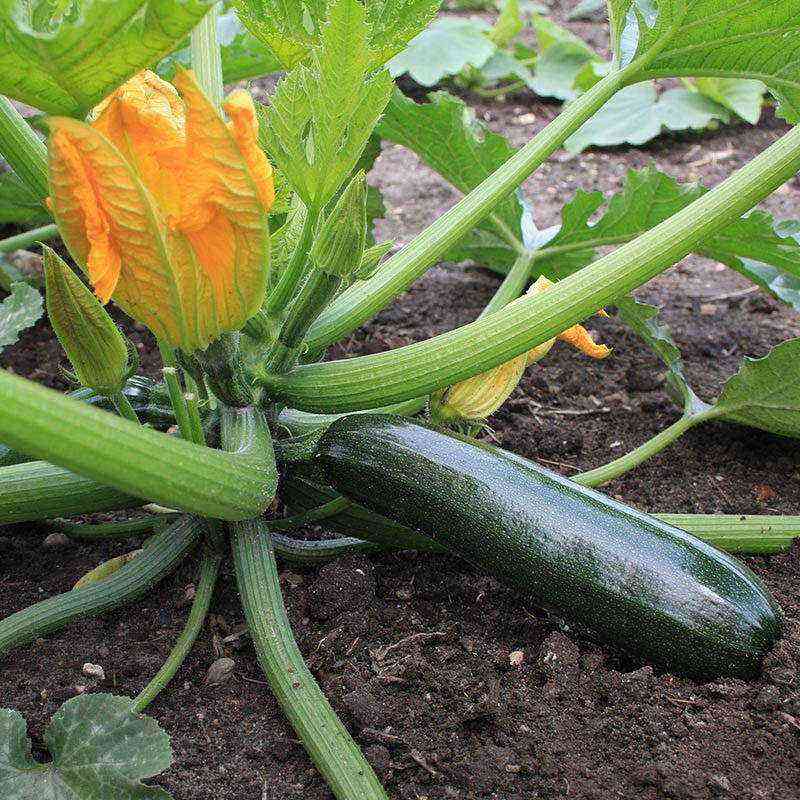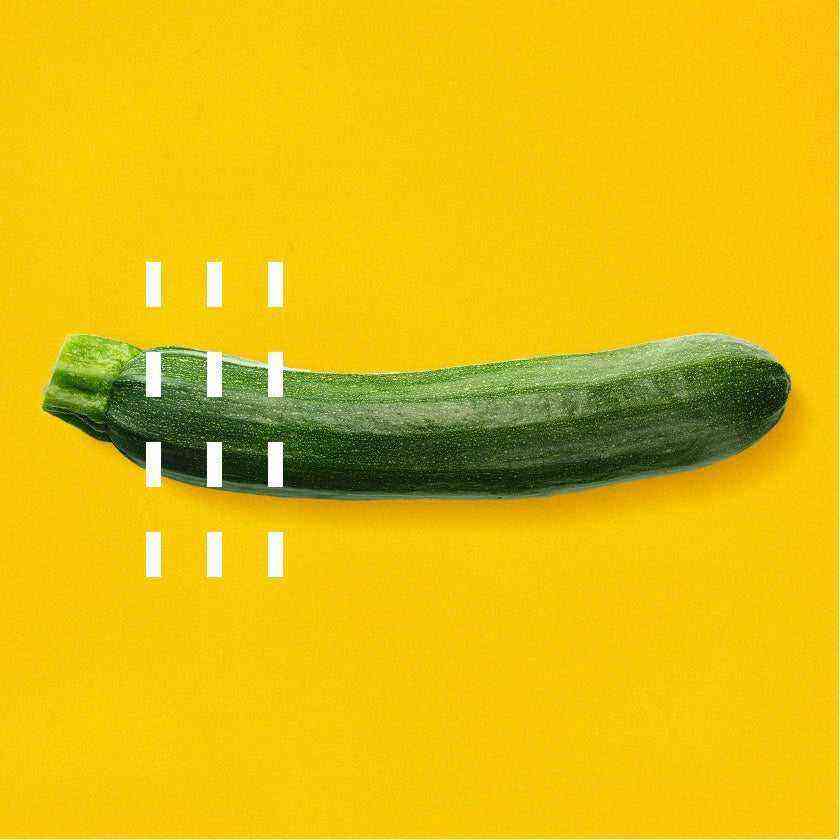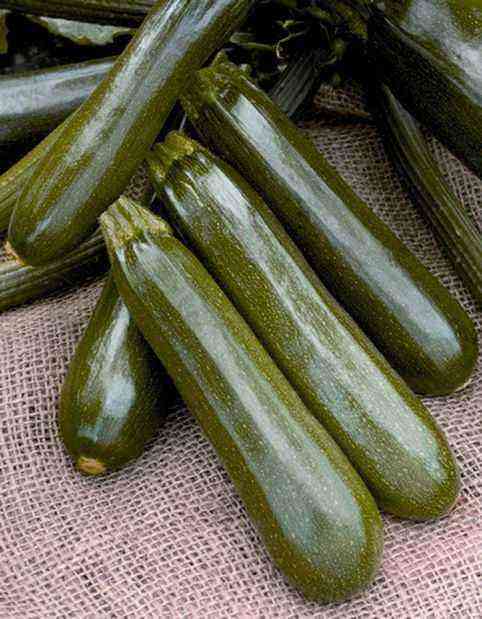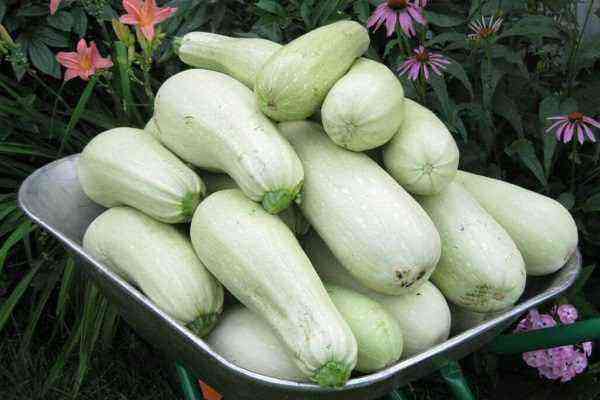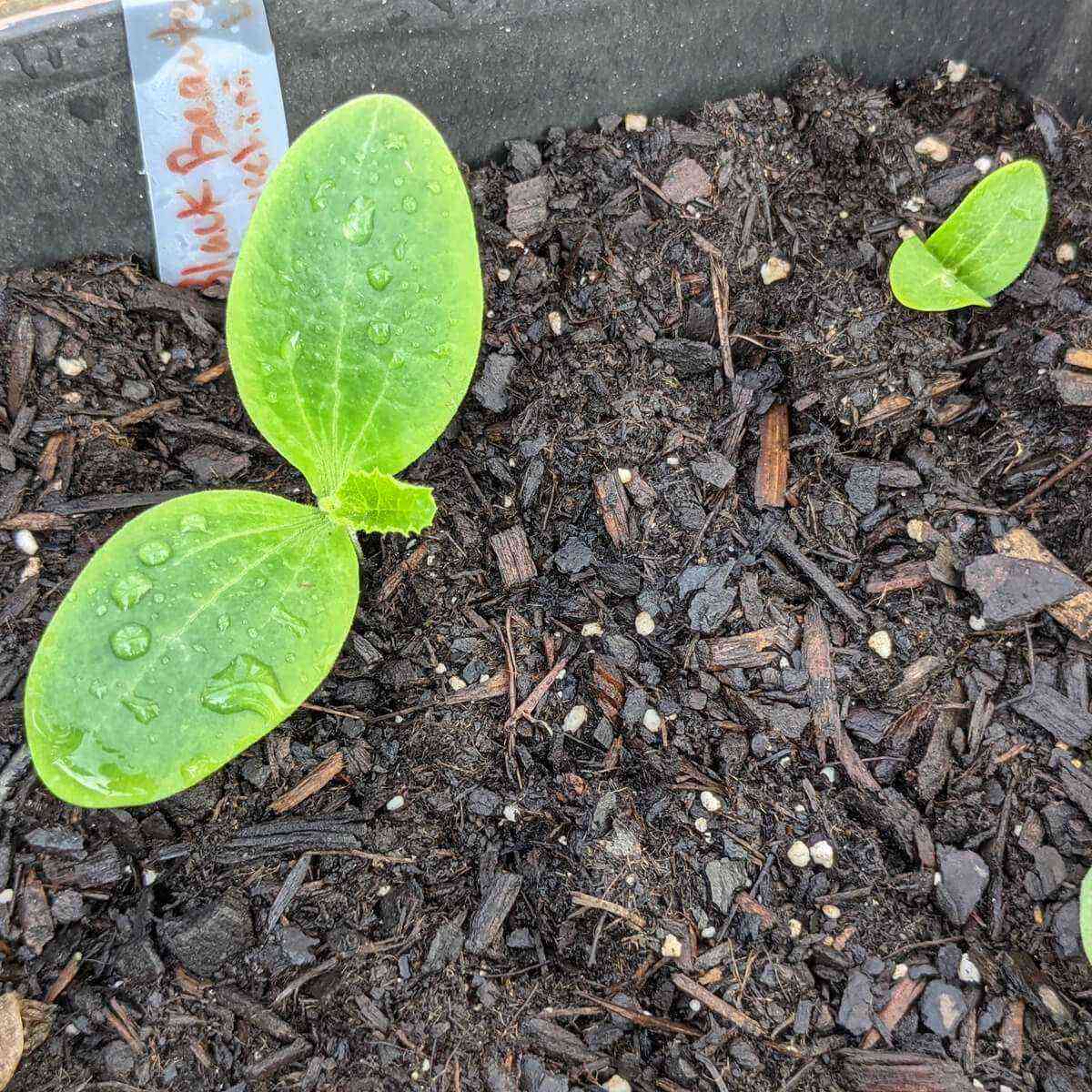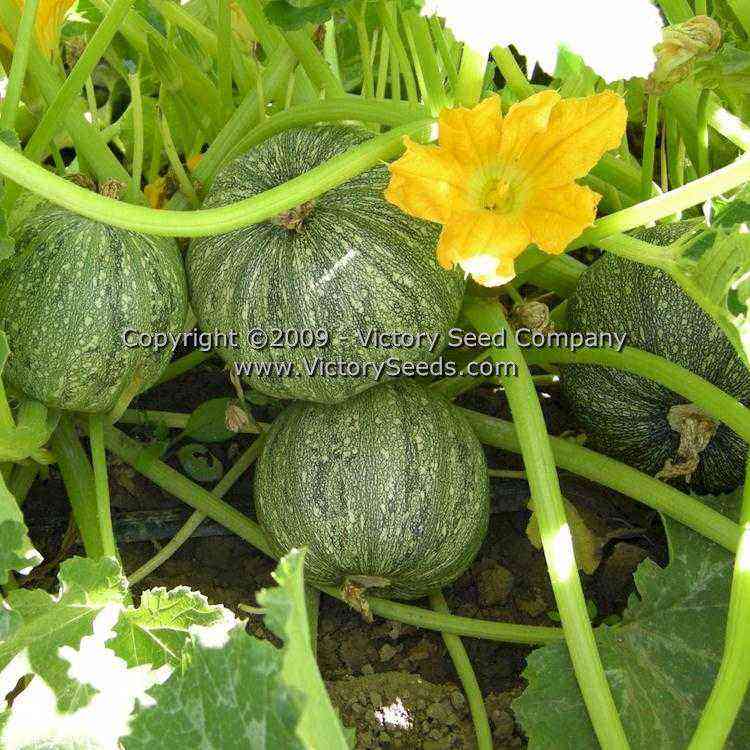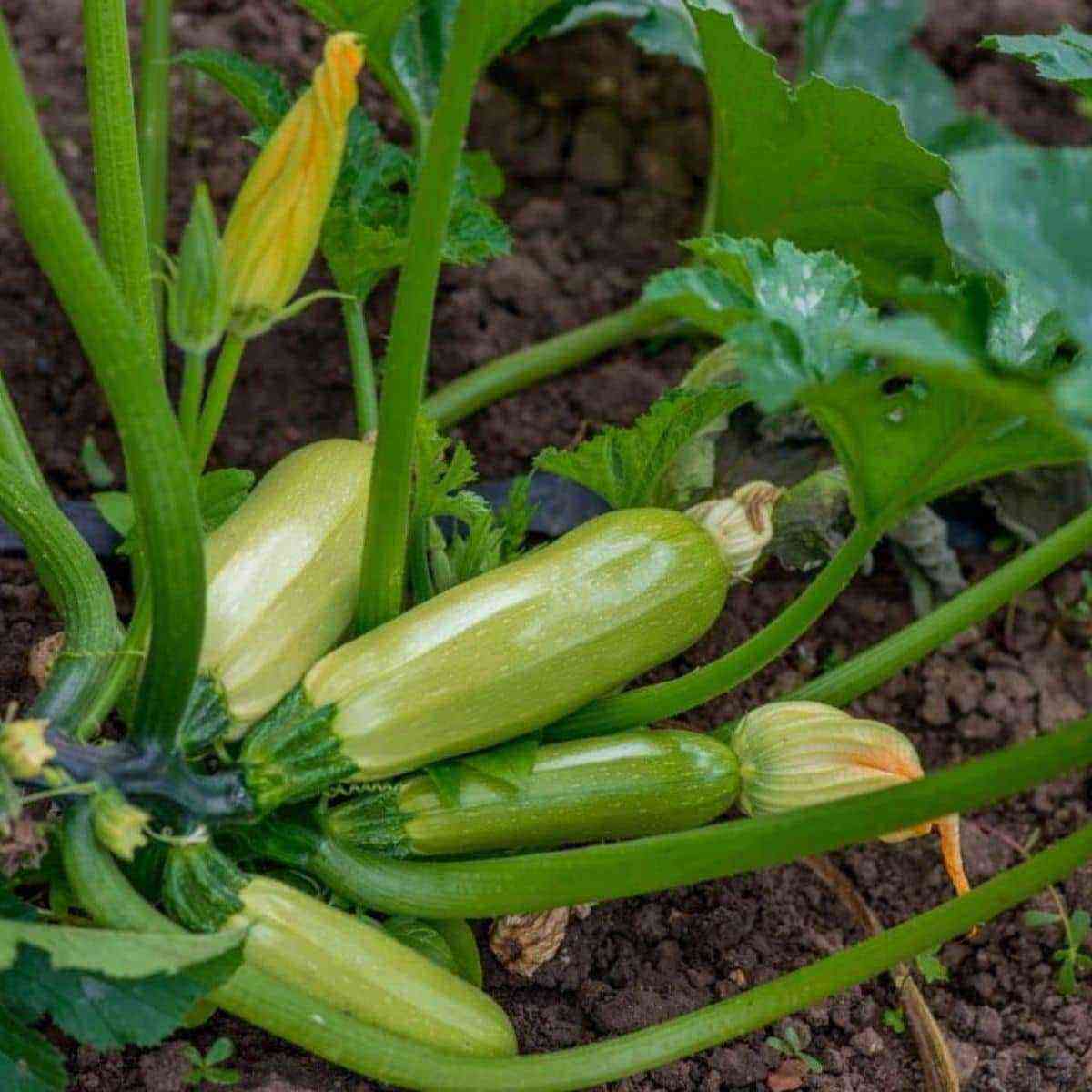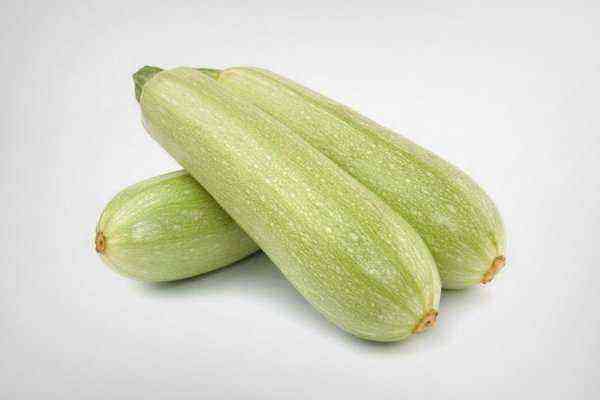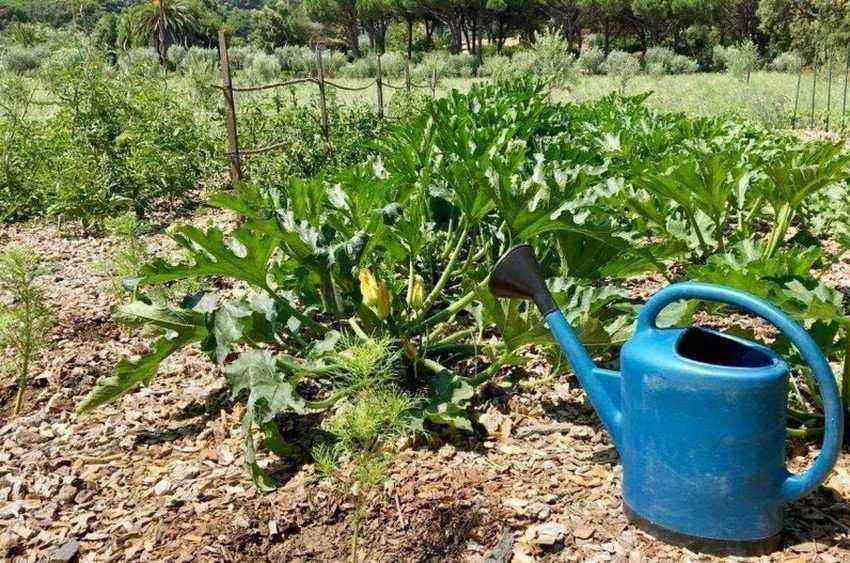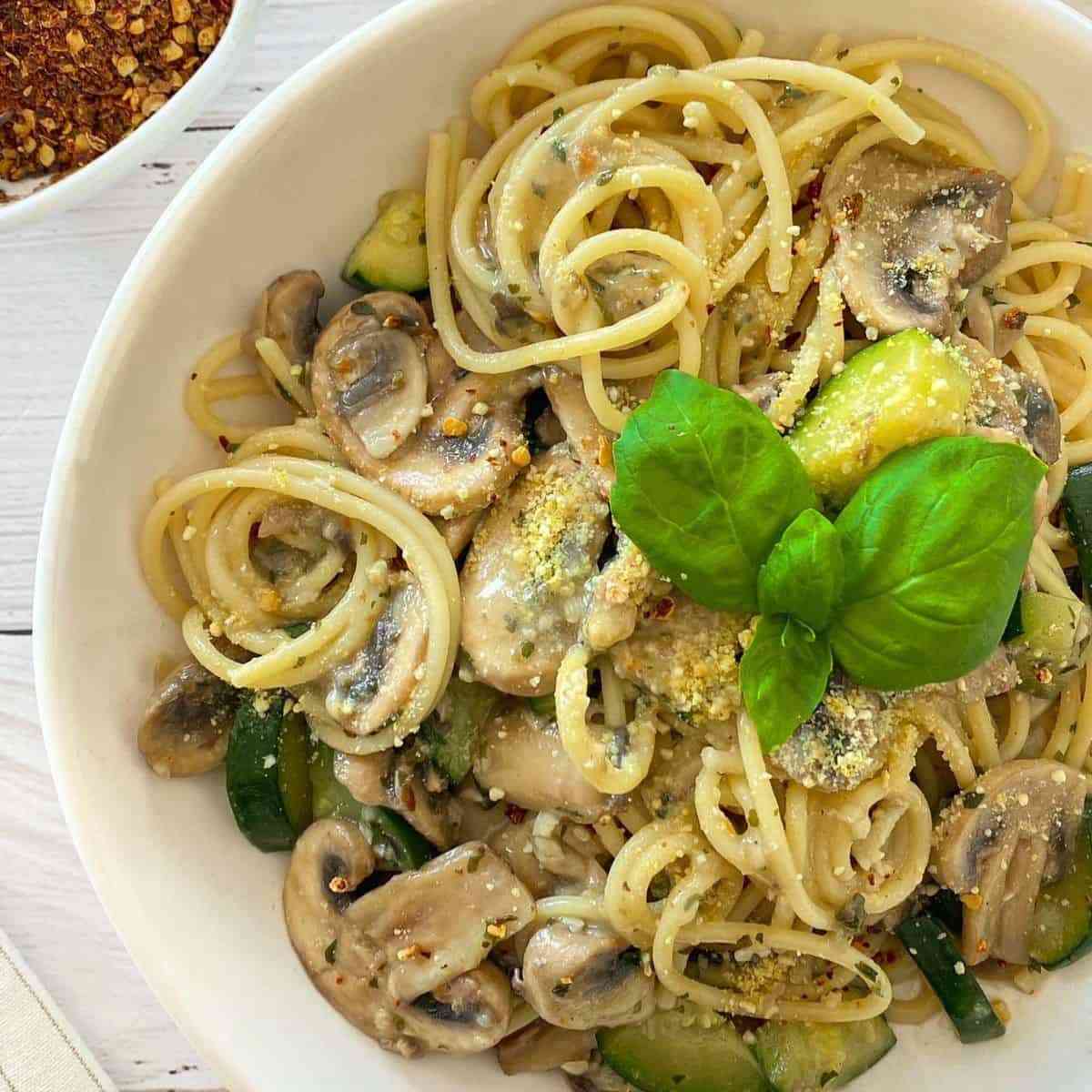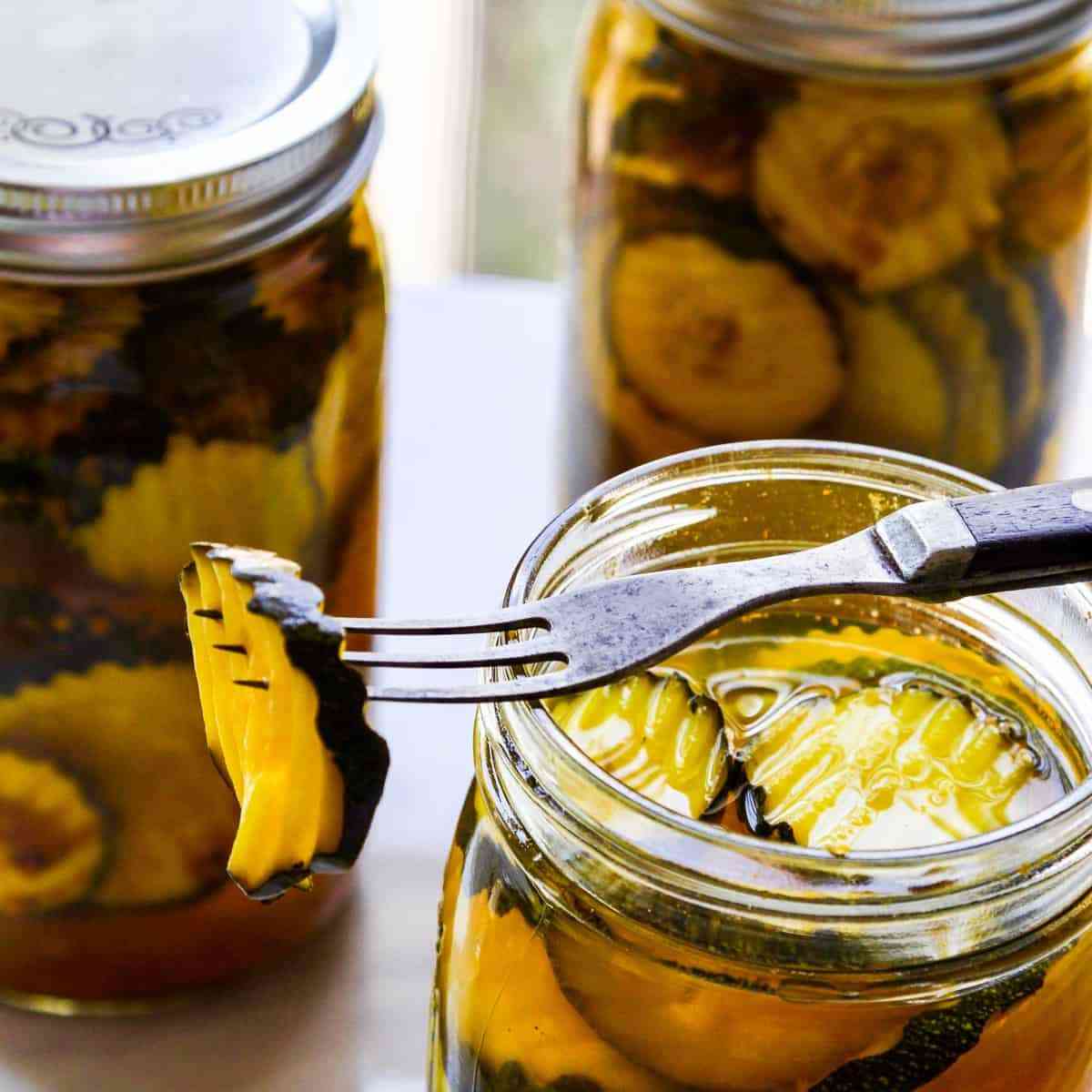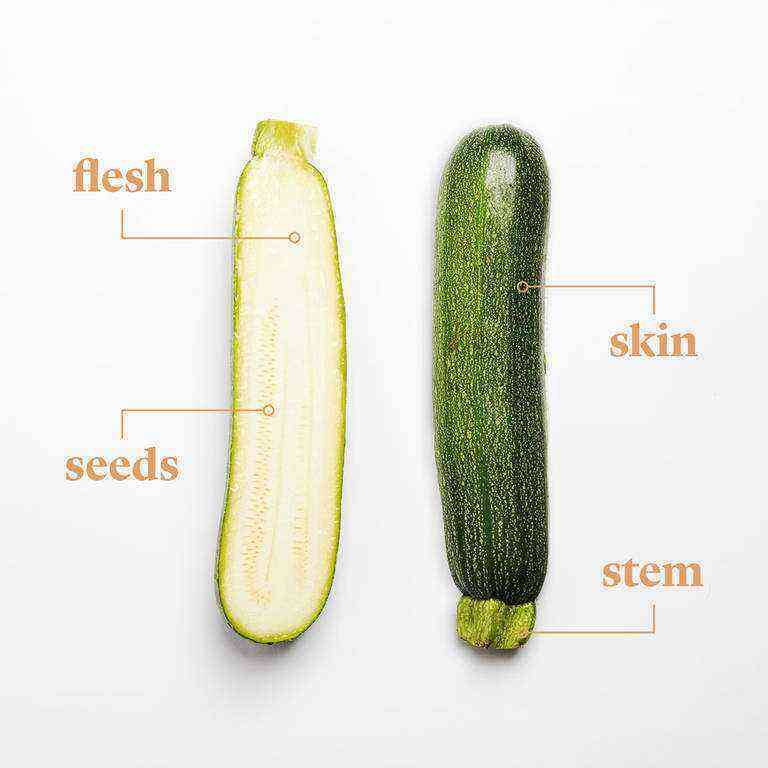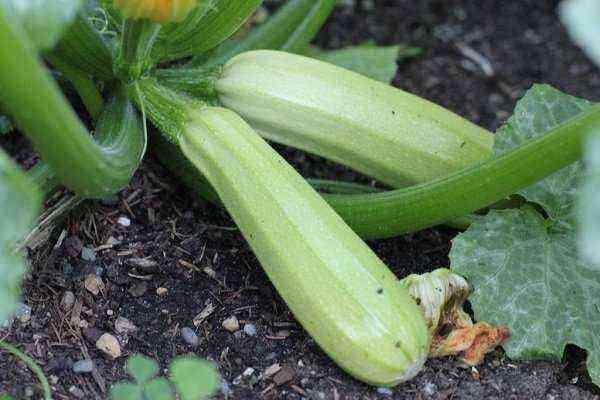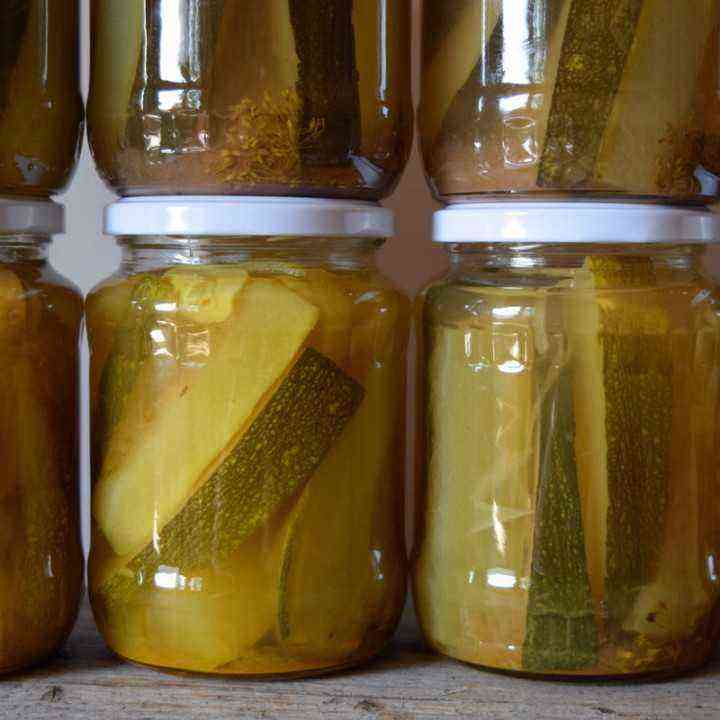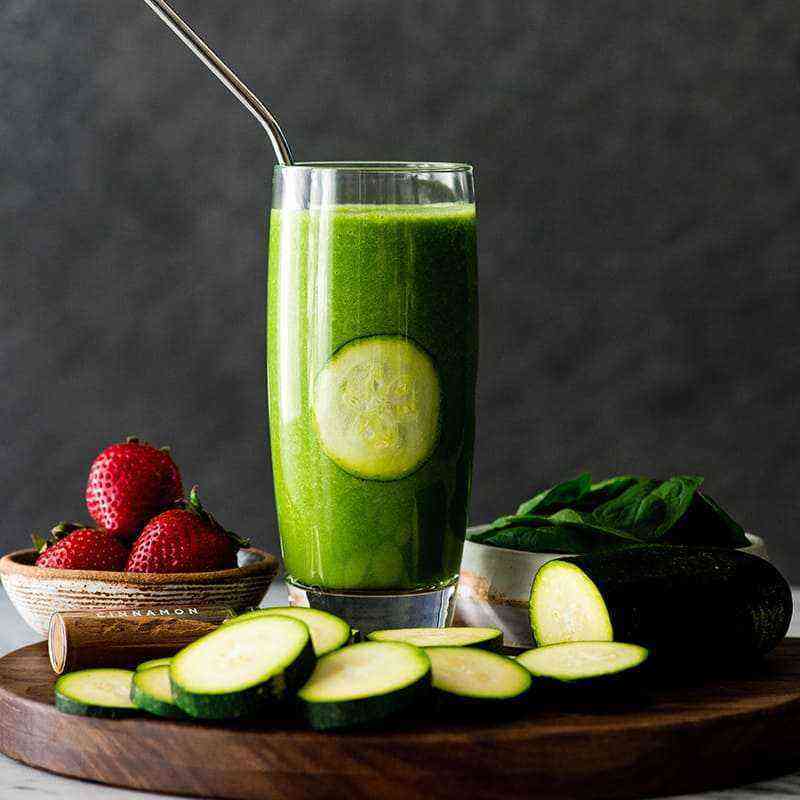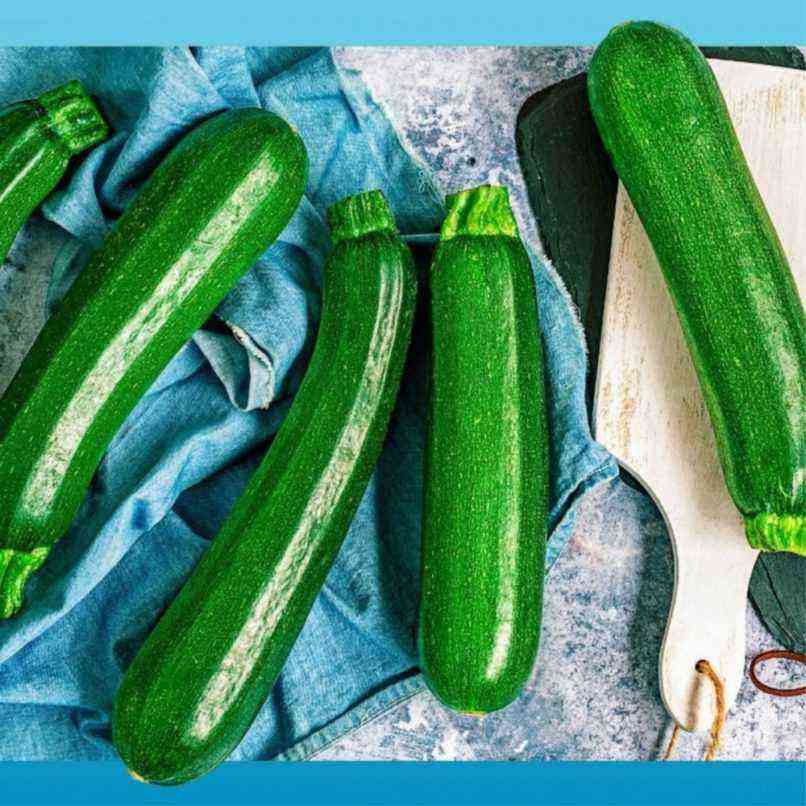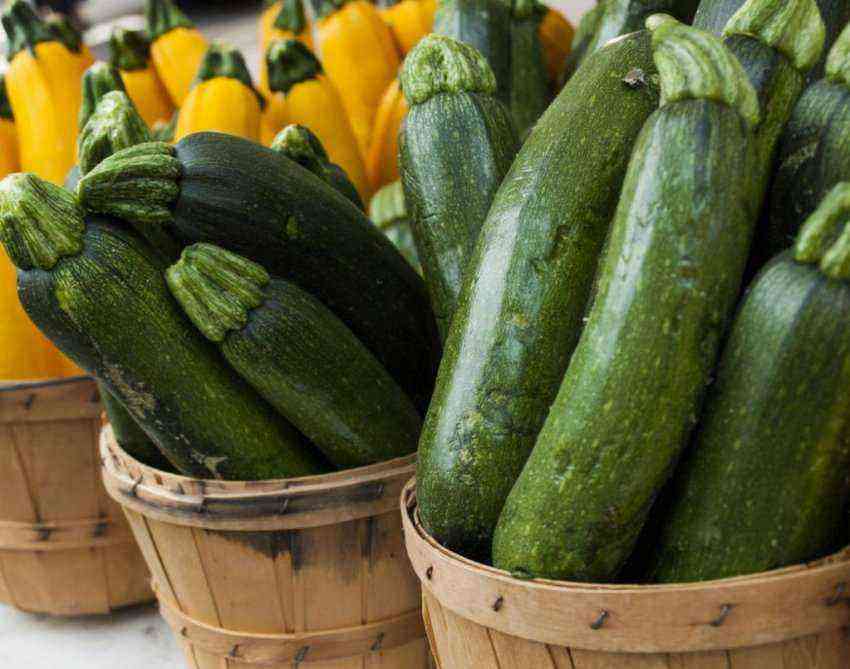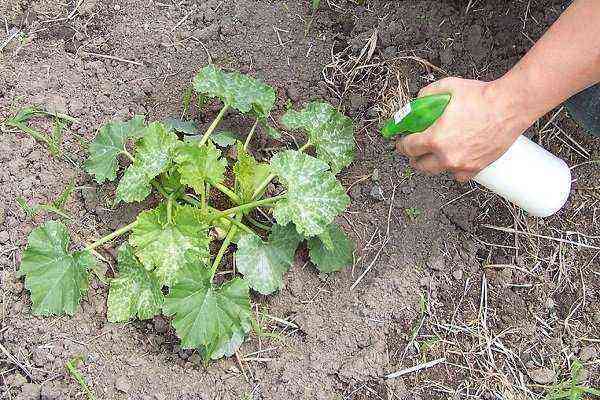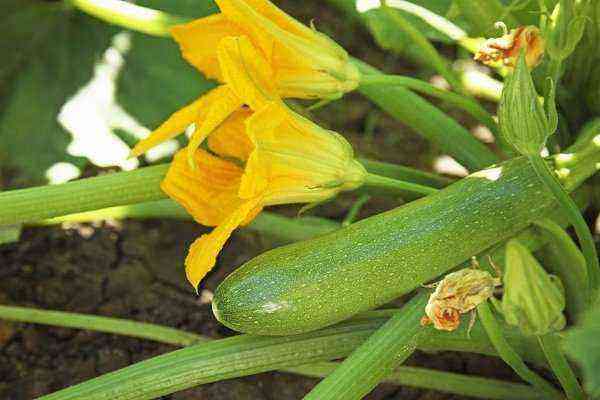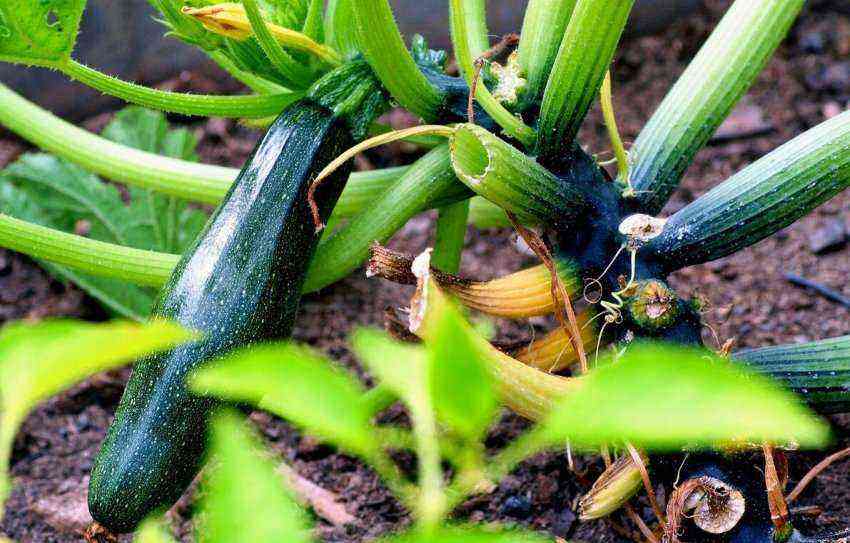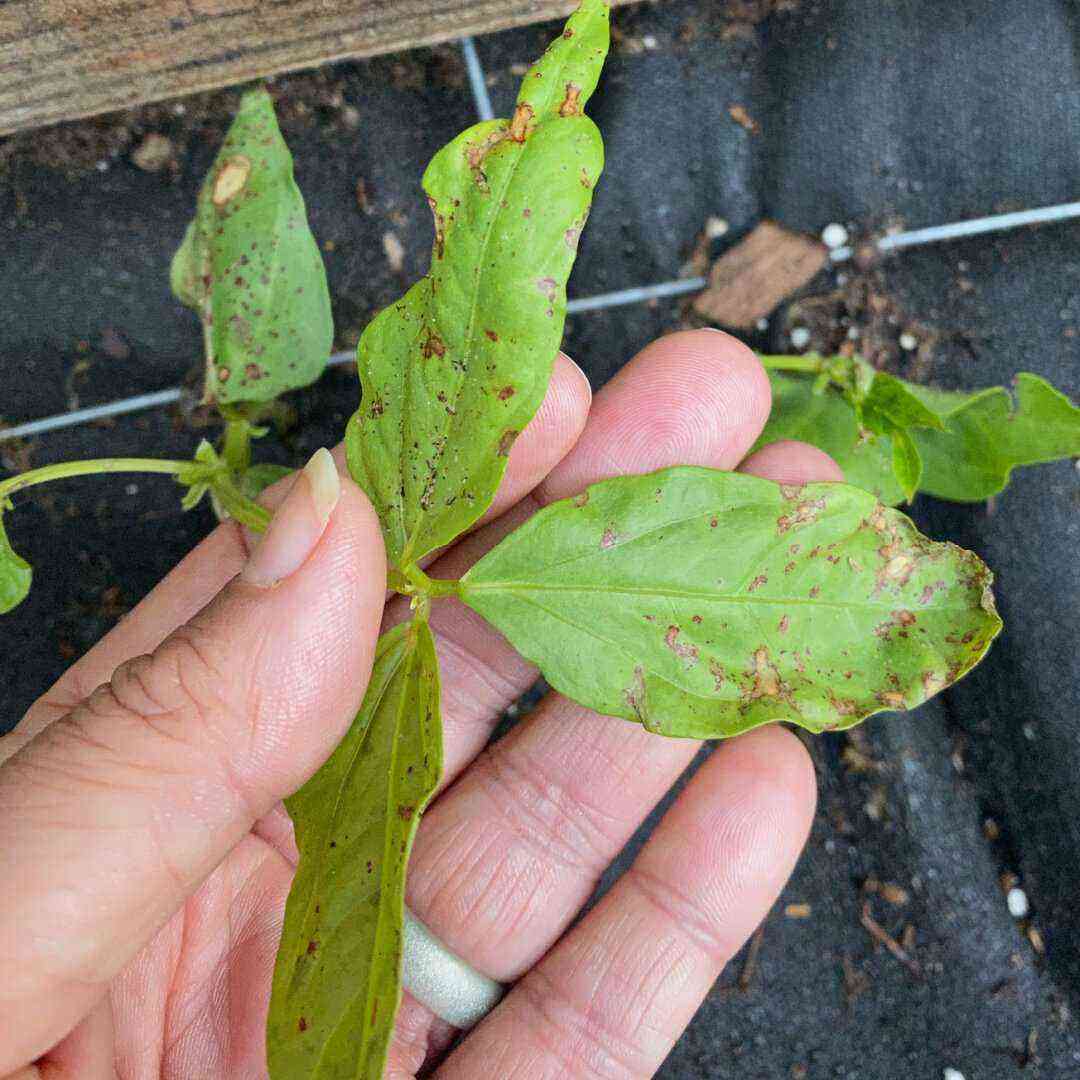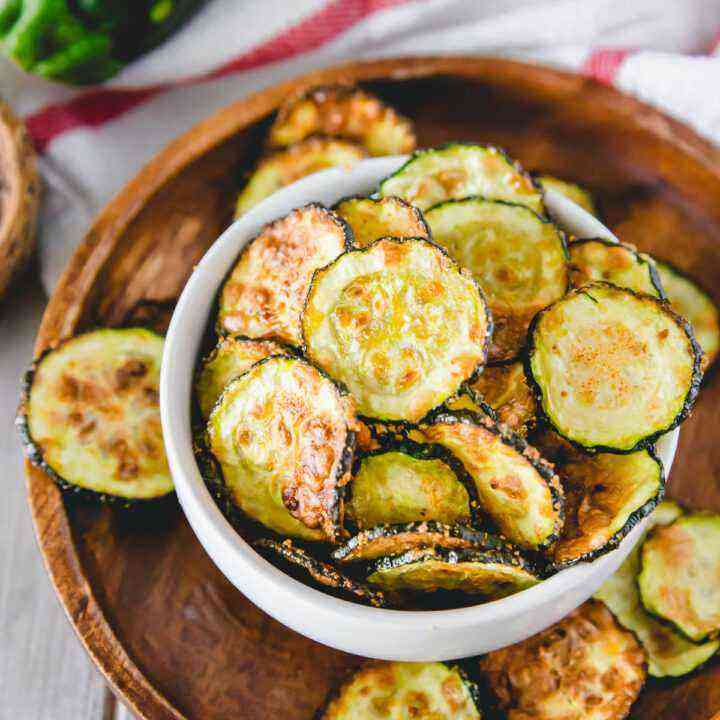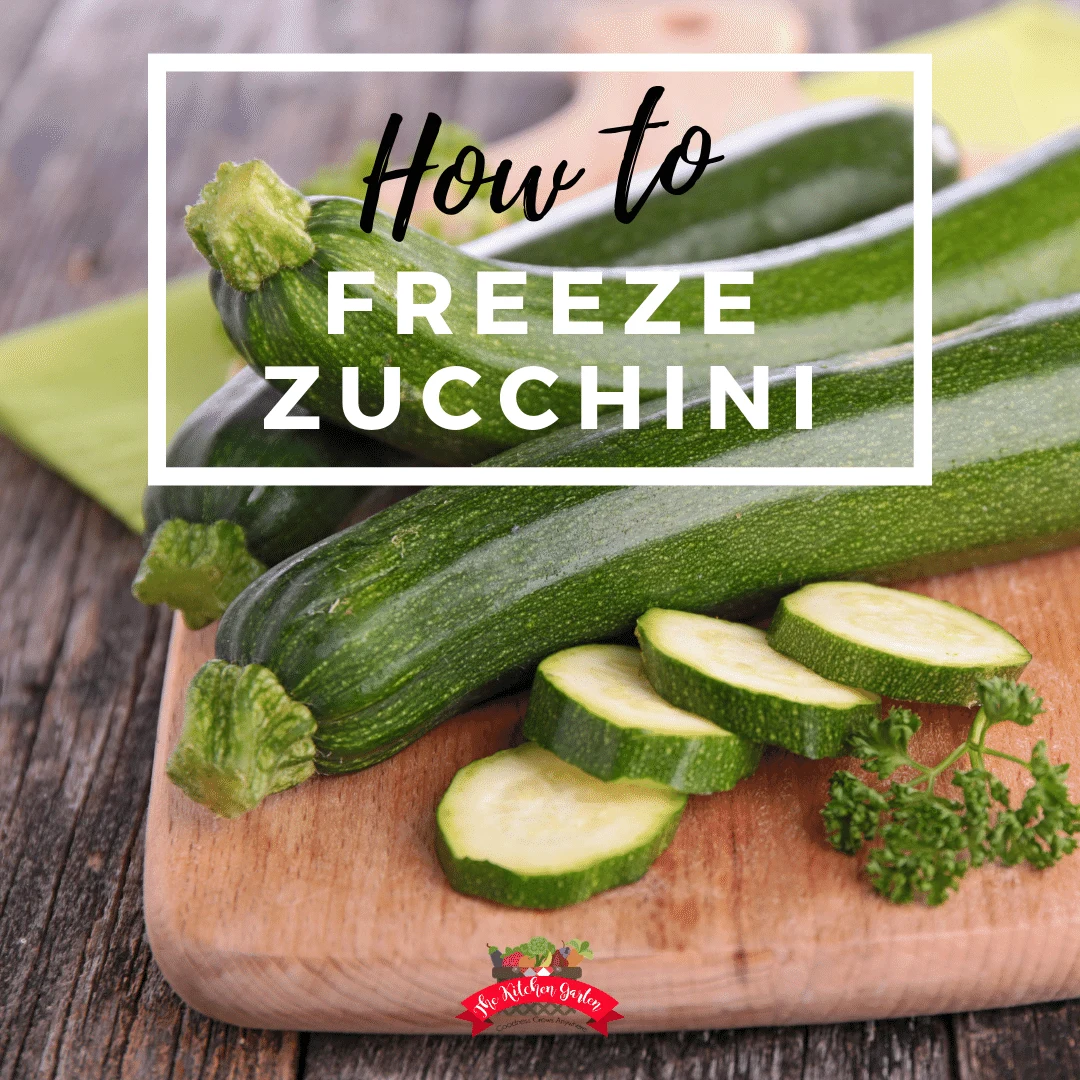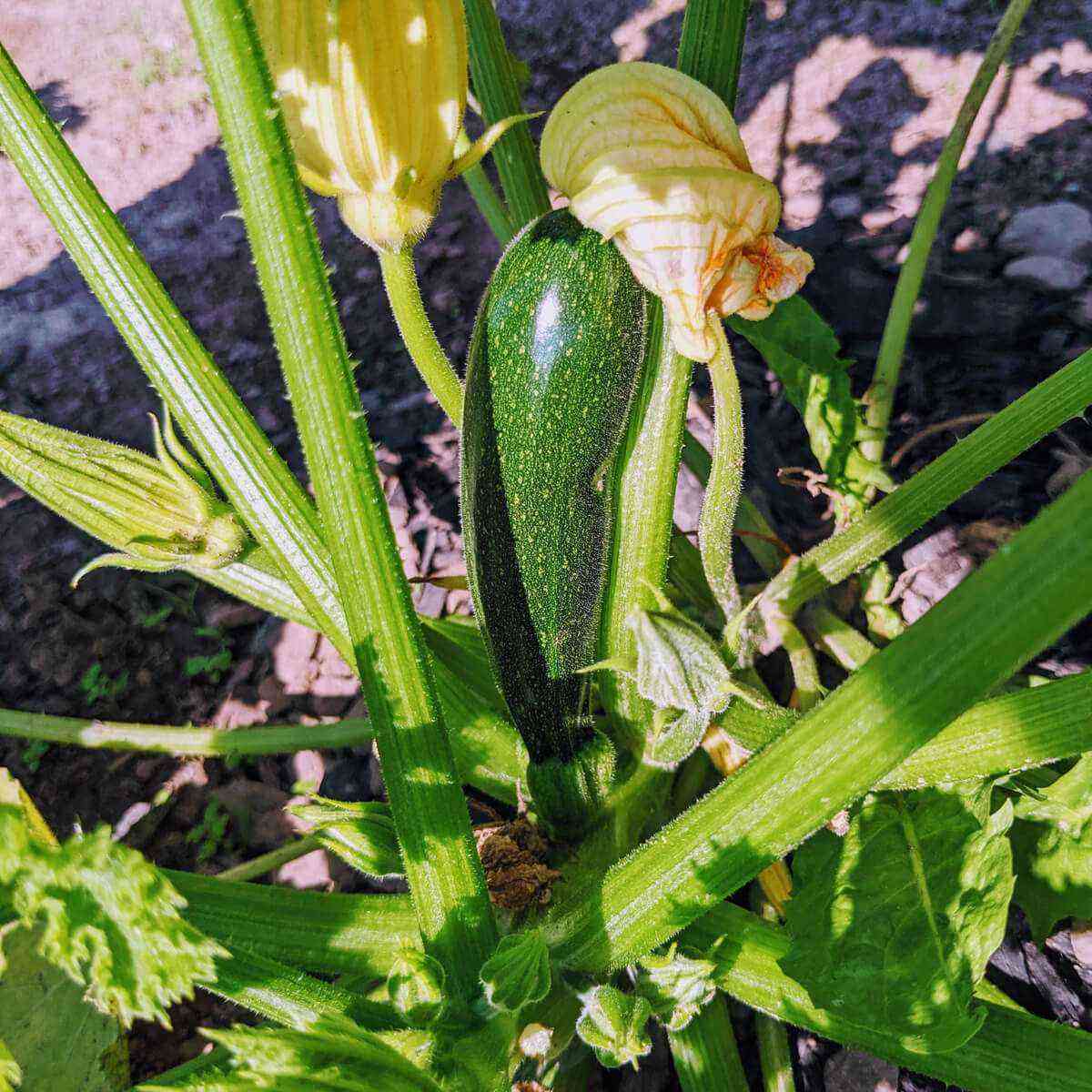Zucchini squash is a classic early ripening zucchini that grows in bushes and takes up minimal space in the garden. The variety is loved by many gardeners for its high yield, tasty fruits and unpretentious care. After planting, the plant should be watered and fed in a timely manner in order to start harvesting at the end of June.
Zucchini zucchini
Tsukesha zucchini has tender and tasty fruits
Zucchini Zucchini Zukesha is unpretentious in care
Variety description
This type of zucchini comes from Ukraine, and has been listed in the State Register of Breeding Achievements since 1986. The variety is recommended for cultivation in all regions with a temperate climate, and is well suited for both greenhouse and open conditions. Consequently, it is grown throughout Russia – from the Krasnodar Territory to the Far East. This is due to its characteristics, which are presented in the following table:
Parameter Description Ripening period Tsukesha zucchini belongs to the early ripe varieties, so the first fruits can be harvested 45-50 days after germination. If you grow it in a greenhouse, you can get an extra early harvest. Plant Characteristics This zucchini is a bush squash without lashes, so it grows compactly. Even in a small area, you can grow 3-4 bushes without prejudice to other crops, which means that there will be enough fruits for both summer and winter. To understand what a plant looks like, you need to consider the following features:
- the bush is covered with dark green leaves with gray-white spots, which are a botanical feature of this variety, and not a sign of disease;
- the leaf plate is rigid, but the spines are not felt;
- the stem is single and short, does not spread along the ground and takes up a minimum of space in the garden;
- ovaries are formed under the outlet, which also contributes to the compactness of the bush;
- large flowers have a bright yellow color, but closer to the base they acquire a lighter shade;
It is important that the plant forms bisexual flowers, that is, male and female, so pollination will occur even with poor activity of bees and other pollinating insects.
Characteristics of fruits
- form – elongated cylindrical or club-shaped, narrowed near the stalk;
- length – 30-40 cm (at the stage of milk maturity, the vegetable can be consumed after it reaches 15 cm in length);
- thickness – the same throughout and is about 12 cm;
- weight – on average up to 900 g, although there are specimens weighing 1 kg or more;
- color – changes during the growing season, since initially the young fruits are dark green in color, but then they become covered with light green speckles and become yellow at maturity, although some specimens acquire an orange tint;
- skin -thin and tender, even in mature fruits, and smooth to the touch;
- flesh – juicy and tasty, white with a slight green tint, has a characteristic crunch when raw, has no voids.
The scope of the fruit and their benefits Zucchini is so tender and tasty that they can be consumed even raw. In young greens 15-20 cm in size, the seeds have not yet been formed, so when cutting them, they do not need to be cleaned from the core.
Such fruits can be used in the preparation of various dishes and even canned. They can be used in dietary nutrition, as they are low in calories (23 kcal per 100 g). In addition, they are useful for the body of adults and children, as they are rich in useful acids (folic, malic, nicotinic) and trace elements (zinc, molybdenum, lithium, magnesium, calcium). Keeping quality Despite the fact that the skin of zucchini is tender, at the same time it is quite dense. Thanks to this, fruits can be stored for up to 7 months and transported over long distances. However, it must be borne in mind that over time they become coarse, become hollow and are difficult to peel. Productivity From 1 square. m beds can be collected from 8 to 12 kg of fruit. The more often you harvest, the more new ovaries a bush forms, which will positively affect its yield. Resistance to diseases and pests Zukesha squash has good immunity and is only occasionally affected by gray rot. The diseases characteristic of this vegetable crop appear only in the event of an epidemic. With proper care, pests do not linger on the bushes.
Landing methods and dates
The early maturing Tsukesha variety can be grown in two ways:
- Seedlingless. Sowing should be carried out after the threat of new frosts has passed. In regions with a temperate climate, as a rule, this period falls on the last days of May or the beginning of June. The main thing is that the soil warms up to a depth of 20 cm to 15 ° C or more. To obtain an early harvest, the seeds can be sown 1-2 weeks ahead of schedule, however, in this case, the shoots will need to be covered overnight with inverted buckets, pots or 5-liter plastic bottles.
- seedlings. In this case, the seeds can be sown in separate containers from the last decade of April to the first half of May. Experienced gardeners do this several times with an interval of 4-5 days in order to maximize the fruiting period.
If zucchini is grown in a greenhouse or under a film cover, the sowing dates for seeds are shifted forward by 2 weeks.
When choosing a planting method, it should be borne in mind that Tsukesha squash grown through seedlings are stored worse than those specimens that were obtained from plants formed from seeds planted directly into the ground.
Site selection and preparation
This vegetable can be traditionally grown along a fence on the south side or where there is a place free from other crops. The main thing is that it be sunny and without stagnant water (preferably located on a hill). It is equally important to consider crop rotation. You can not plant Tsukesha after other representatives of the Pumpkin family and late cabbage. Its best predecessors are:
- beans;
- bow;
- garlic;
- potatoes;
- early cabbage.
As for the neighborhood, at best, it is worth placing corn on the north side of the zucchini, and beans along them and between the rows, since they accumulate the nitrogen necessary for the bush plant in the top layer of soil.
After choosing the optimal site, you can begin to prepare light soil. It is advisable to do this in advance – in the fall of the previous season. The soil needs to be dug to a depth of 35-50 cm, applying the following fertilizers (per 1 sq. M):
- 5 kg of humus;
- 20 g of potassium sulfate;
- 30 g superphosphate.
In May or at the end of April, 1-1,5 weeks before planting the zucchini, the site should be well loosened and top dressing should be added with a nitrogen content at the rate of 10-15 g per 1 sq. m.
In temperate regions, the “warm bed” technology is also used. To prepare it, you need to do the following:
- To a depth of 50-60 cm close up fallen leaves, wood shavings, sawdust, small twigs and other plant debris. At the end you need to get a single layer of 10 cm.
- Cover the resulting layer with soil or humus mixed with potash and phosphorus supplements.
- Pour the entire bed with a solution of fertilizer containing nitrogen (20-25 g per 10 l), cover with plastic wrap and leave until spring.
On such a bed, the soil warms up much faster, so they can be harvested 1,5-2 weeks earlier. However, this technology has a significant drawback – the bushes in the garden often “fatten” to the detriment of fruiting, and in cloudy summer conditions, the fruits turn out to be fresh and wadded.
Tsukesha can be grown in dug up and grassy areas, and right among the grass. While the seedlings are gaining strength, weeds should not be allowed to drown them out. However, zucchini will quickly develop powerful bushes, grow large leaves and be able to fight competitors on their own.
Presowing seed preparation
Regardless of the method of growing zucchini, 7-8 days before sowing, the seeds must be processed in order to disinfect and increase their germination. To do this, you need to perform a number of actions:
- Soak the seeds for 12-16 hours in a crimson potassium permanganate solution, wood ash infusion or root stimulator. From drugs, Epin, Emistim-M and Heteroauxin are effective, and from folk remedies – aloe juice, succinic acid, honey solution. Simultaneously with soaking, carry out a rejection. Empty seeds will need to be thrown away immediately, since they will definitely not give seedlings.
- Wrap the seeds in a damp cloth (towel, gauze) and put them in a warm place (+ 2 °) for about 5-22 days so that they germinate. The fabric can be laid out on a saucer and put on a battery or other heating device. As it dries, it must be moistened with soft water – melted, rain, spring or settled.
Ordinary tap water contains chlorine, which is difficult for Tsukesha squash to tolerate. In this regard, plantings also cannot be fed with fertilizers containing potassium chloride.
- Before planting, harden the seeds – keep them in the lower compartment of the refrigerator for a day. Thanks to this manipulation, the plant will be more resistant to temperature extremes and prolonged cooling, which is especially important for the northern regions and Siberia.
Direct sowing of seeds in the ground
Hatched seeds can be sown in the ground. If it has not been prepared since the fall, it needs to be dug up and scattered over 1 sq. m 1-2 buckets of humus or compost and 0,5 liters of ash. Instead of humus, you can use urea at the rate of 50 g per 1 sq. m. If there is a shortage of organic matter, it can be applied directly to the grooves and mixed with the topsoil.
The scheme for sowing seeds is as follows:
- embedment depth – 4-6 cm;
- distance between holes – 50 cm;
- row spacing – 60 cm.
It is worth throwing 2-3 seeds into each moist well, and then sprinkle a layer of humus mixed with fine sand on top. If all seeds germinate in the future, only the strongest sprout should be left. The second copy can be planted in another place where there are no seedlings at all.
After sowing, the bed needs to be watered and mulched. It is advisable to cover crops with cut plastic bottles or other covering material on arcs. It is important that it is white and breathable. After a couple of weeks, it can be removed for a day, and after a while – completely removed.
In order to extend the fruiting period, seeds should be sown several times with an interval of 5-6 days.
Planting zucchini zucchini through seedlings
This technology involves the cultivation of strong seedlings, which in the future will need to be transplanted into the ground. Let’s consider this process step by step.
Seeding for seedlings
The seeds prepared in the above way should be planted in separate plastic cups with a volume of 200 ml and a diameter of not more than 10 cm, following the following instructions:
- Buy a substrate at a garden store or prepare it yourself by mixing humus, fertile sod, rotted sawdust and peat chips in a ratio of 2: 2: 1: 1, respectively. The resulting composition must be disinfected in any way possible – calcined in the oven, frozen, steamed or poured with a pink-purple solution of potassium permanganate. For additional disinfection of seeds, crushed chalk or sifted wood ash can be added to the mixture at the rate of 1 tbsp. l. for 2 liters of mixture.
The substrate can simply be poured with Fitosporin solution.
- Half fill the pots with the substrate and plant 2 seeds in them to a depth of 2-3 cm, and sprinkle with soil on top.
- Put all the pots in a single spacious container (box, basket), cover with glass or film and transfer to the place of cultivation.
Care of seedlings
For planting, you need to provide competent care, which involves the following activities:
- Maintaining an optimal microclimate. Keep the seedlings in a dark, warm place at a temperature of + 18 … 23ºC until mass shoots appear. The room must be ventilated daily to get rid of accumulated condensate. When mass shoots appear, the “greenhouse” must be removed, and the pots must be rearranged in a bright place. So that the shoots do not stretch out, daylight hours should last 10-12 hours. With the appearance of the first leaf, the temperature must be lowered to + 20ºC. Optimum humidity – up to 70%.
- Watering. Every 5-7 days, seedlings should be moistened from a spray bottle with water at room temperature (100 ml per plant) to prevent the top layer (2-3 cm) of the substrate from drying out.
- Additional fertilizing. After 7 days from the moment the “greenhouse” was removed, the seedlings should be watered with a solution of any nitrogen and phosphorus fertilizer (2-2,5 g / l). After another 1,5 weeks, use any complex fertilizer (15-20 ml per plant). Popular drugs are Bud, Rostock, Kemira-Lux.
- Rejection. In the phase of the appearance of the first leaf, it is required to cull if both seeds have germinated. It is worth leaving the copy that demonstrates the best development. The second is carefully cut off near the ground.
- Hardening. 1-1,5 weeks before transplanting into the ground, seedlings need to be hardened off – take them out into the open air for several hours. Gradually, this time needs to be increased, so that in the end the seedlings “sleep” on the street. Thanks to this, they will be able to quickly adapt to new living conditions.
It will take about a month to grow seedlings. By this time, she should have at least 2-3 true leaves.
Transplanting seedlings into the ground
Seedlings need to be transplanted to the garden on a cloudy day. However, the weather should be quite warm – about +20…23ºC during the day and +16…+19ºC at night. The holes must be prepared in advance according to the scheme 60×70 cm.
Planting depth depends on the quality of the soil. In light and sandy soil, it is enough to deepen the seedlings by 10-12 cm, and in heavy soil – up to 8 cm. The holes must be watered with warm water (+30 … + 35ºC) to plant zucchini literally in the “dirt”. At the bottom of each furrow, you can lay out 1 tbsp. l. superphosphate or wood ash, a handful of humus and onion peel, which with its pungent odor will repel many pests.
After planting, the earth must be carefully compacted and watered abundantly, making a low annular “shaft” of soil at a distance of 25-30 cm from the stem. Then it remains to put arcs over the bed and pull white covering material over them. It can be harvested around the 20th of June.
Caring for zucchini Tsukesha
This variety of zucchini is not particularly whimsical, but requires the timely implementation of a number of agrotechnical measures. We will consider each of them separately.
Watering and tillage
Zucchini needs a lot of water, which is used to feed bulky green mass and set juicy fruits. In this regard, it must be properly watered, observing the following rules:
- carry out watering under the root every 7-8 days at the rate of 1,5-2 liters per bush;
- in dry regions, increase the frequency of watering up to 2 times a week;
- during the period of flowering and fruit formation, water the bushes 2 times in several days at the rate of 10-12 liters per 1 sq. m;
- pour water under the root, and only on the driest days can showers be given to the plant;
- for irrigation use settled warm water (not lower than + 20ºC).
Even when watering at the root, water will fall under the fruits, so the soil must be mulched with straw or dry grass so that the zucchini dries faster and does not lie in the mud.
After watering, you need to lightly loosen the row spacing and remove weeds so that they do not reduce the yield of zucchini. In addition, these procedures will prevent the formation of a crust and contribute to the aeration of the roots. With the appearance of 4-5 leaves, the plant should be slightly hilled to stimulate the development of lateral root processes.
leaf thinning
The peculiarity of the Tsukesha variety is that the leaves are too large, under which it is dark, damp and dry. Because of this, they often rot and pose a danger to the entire bush. So, they need to be regularly removed with a pruner. You need to choose leaves that lie on the ground and overlap the center of the bush, covering the flowers and creating shade for the fruits.
At a time, you can remove no more than 2-3 leaves from the south and east sides.
Feeding
If the soil was well seasoned with humus, or zucchini is grown on a compost heap or warm beds, then fertilization can be abandoned. Otherwise, from an excess of nitrogen, the plant will begin to “fatten” – it will acquire even larger leaves on thick petioles, and the fruits will not tie or will grow poorly and rot.
If this has already happened, then under the bushes you need to scatter wood ash and loosen the soil. This will help to normalize the balance of nutrients and the process of fruit formation.
If the zucchini grows on poor soil, then the situation is different. Its roots will be deficient in nutrients, so they won’t be able to grow strong. To support them, the plant should be fed with natural fertilizers:
- Infusion of weeds. A bucket or barrel should be filled with fresh herbs, poured with water and left for 1-2 weeks, stirring regularly. Add 2 liters of infusion to a watering can.
- Infusion of bird droppings (mullein). A quarter of the bucket must be filled with litter and filled to the top with water. Leave for 5-10 days. For a 10-liter watering can, 0,5 liters of such a solution is enough. Mullein infusion is made in the same way, but for 10 liters of water you need to take 1 liter of fertilizer.
The application rate of these top dressings is the same as with conventional watering. At the end, the zucchini should be washed with clean water from a watering can with a strainer. A few days after such top dressing, ash should be scattered on wet ground and loosened. An alternative option is to pour a glass of ash into a watering can, shake it up and water the plant.
If zucchini grows on normal soil, during the growth period you can simply feed them about 3 times:
Development period Top dressing Consumption before flowering 1 tbsp. l. nitrophoska per 10 liters of water 1 liter per 1 bush during the flowering period 1 tbsp. l. complex top dressing for 10 liters of water 1 liter per 1 bush during the fruiting period, infusion of mullein (bird droppings) or a solution of 1 tbsp. l. superphosphate, 1 tsp. potassium sulfate and 1 tsp. urea per 10 liters of water 2-3 liters per 1 bush
As a foliar top dressing, zucchini can be sprayed every 10-13 days with a solution of urea.
Protection against diseases and pests
Among the diseases for zucchini Tsukesha, the danger may be:
- powdery mildew;
- gray rot;
- white mosaic.
In order to prevent inoculum, it is necessary to keep it in a disinfectant solution, for example, in water with the addition of potassium permanganate. If the plant is already sick, it is necessary to remove the affected specimens, and treat the remaining planting with a fungicide (Isofen, Topaz, Topsin-M). Additionally, the zucchini should be sprayed with a solution of copper oxychloride.
In addition to diseases, one must also remember about pests that can attack a plant, suck out vital juices from it and leave behind only wilted bushes. Among them, the Tsukesha zucchini can claim:
- Slugs. They can be collected by hand, but with a large number of insects, it is better to use wet rags as traps or sprinkle ashes on the ground around the plant.
- spider mite. To scare him away, the bushes need to be sprayed in hot weather with an infusion of onion and garlic peels (200 g per 10 l). If he has already settled on the plant, then you will have to use drugs – Keltan (Chloroethanol) or Isofen. In greenhouse conditions, ground sulfur will help more.
- Melon Caviar. These parasites multiply rapidly and inhibit the development of the bush, therefore, if they are detected, strict measures must be taken immediately. Of the drugs, Karbofos and Trichlormetafos-3 (Trifos) will help. The latter is best used in a greenhouse.
Affected cucurbit bushes can also be watered liberally with a homemade solution. For its preparation 4 tbsp. l. mustard powder, pour 1 liter of warm water, mix well and leave in a warm, dark place for 2 days. Next, the solution remains to be drained, bring the volume of water to 10 liters and use as directed. - sprout fly. Represents a danger to young seedlings of Cucurbitaceae. To get rid of the fly, in dry weather, the plant must be sprayed with a solution of Iskra or Intavir.
To protect your crop from any pests, it is important to regularly destroy weeds, carefully remove plant residues and follow the rules of crop rotation.
Harvesting and storage of crops
Zukesha squash begins to produce crops at the end of June and is regularly tied up until the end of August. Fruits that have reached a length of about 35 cm are ready to be harvested. They must be harvested on time, otherwise they will overripe and begin to draw excess juices from the plant, inhibiting the development of new ovaries.
You need to collect the fruits in dry weather, cutting them off with a sharp clean knife with a part of the stem (tail) 5-6 cm long. Next, the zucchini should be placed in a dry and dark place. They can be laid out in open boxes and placed behind a closet, sofa or other free space.
In early August, you can think about laying zucchini for storage. To do this, you need to collect young fruits for the last time, but leaving 1-3 ovaries each, so that they ripen in the garden and acquire a hard skin necessary for long-term storage. Under these fruits it is worth enclosing a waterproof material that will prevent the development of rot. It can be pieces of plywood, roofing material or glass. An alternative option is to mulch the soil in the garden.
By mid-August, when cold nights and frequent temperature changes are already observed, the left ovaries should already turn into mature zucchini. They need to be cut with a long stalk, specimens with any damage should be rejected, and the rest should be stored. They cannot be washed.
Before you remove the zucchini in the cellar or basement, they need to be kept in the open air for 4-6 hours. They can be stored in a cardboard box, wooden box or directly on the racks. The main thing is that the fruits do not touch each other and the walls of the container, the shelf. To do this, the layers need to be sprinkled with small pieces of newsprint, sawdust, wood shavings, sand, etc. The optimum temperature for storing zucchini is + 5 … + 10 ° C, and humidity – no more than 60%. The room itself should be dark and well ventilated.
Stored zucchini should be consumed within 2-3 months, because in the future they will become too rough, acquire voids inside the pulp and will be difficult to peel.
An alternative storage option is freezing. In this form, the fruits will retain their taste and useful qualities for 8-10 months. Before freezing, zucchini should be packed in bags in small portions. Once defrosted, they should never be re-frozen.
Advantages and disadvantages
Tsukesha zucchini has the following advantages:
- has one of the highest yields among other types of zucchini and varieties of white squash;
- has an early ripening period, so it quickly fills the missing diet of vegetables on the table;
- it is distinguished by tender pulp with small seeds, which does not coarsen even after the vegetable has outgrown;
- is a bush plant, therefore it takes up a minimum of space in the garden;
- bear fruit with universal zucchini, which can be stored for a long time and transported.
Among the shortcomings, it can be noted that this variety is especially demanding on regular watering and the sun. The plant may grow poorly when transplanted, so it is better to sow the seeds immediately in a permanent place.
Grade Reviews
Vadim Petrovich, 45 years old. Tsukeshi’s specifications state that he can reach up to 1 kg. However, from my own experience I know that unharvested fruits can grow even up to 5 kg or more. If they are not watered in time, then they acquire an unpleasant bitterness. So, you need to properly care for the zucchini. In this case, they turn out to be very tasty, and most importantly, they are tied right up to frost. Maria Stepanovka, 57 years old. I have been growing zucchini Tsukesha in the Moscow region for several years. I really like the taste of young fruits. In the season I use them in dietary nutrition, and I preserve the remaining vegetables for the winter. I recommend to everyone.
Briefly about the characteristics and experience of growing zucchini Tsukesha is described in the following video:
Tsukesha belongs to the weakly branching varieties of squash. The variety pleases gardeners with an excellent harvest of dark green fruits with lettuce fastenings. Unlike analogues with white fruits, it is also characterized by a long shelf life. All this makes it in demand among farmers and owners of suburban areas.
